Shama Ko
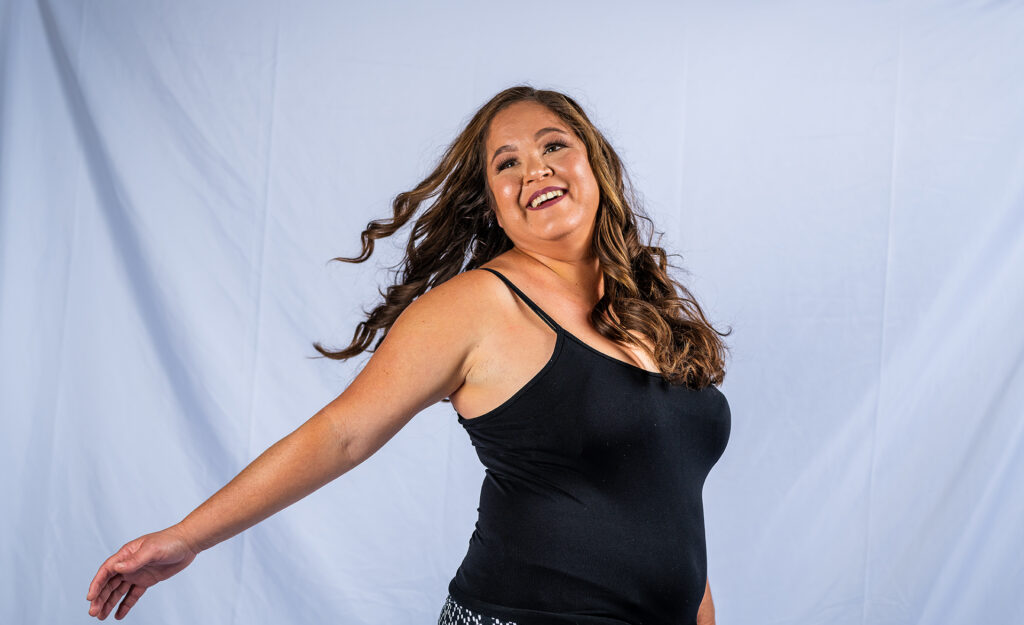
Story by Evelyn Sutton. Photos by Be Present Studios
“I don’t know if I would have ever actually started
Jiu-Jitsu if not for the women’s only classes.”
Hawaii is home to many exuberant things. Powerful volcanoes, majestic waterfalls, and soaring cliffs that are bound to inspire. The extremes of nature are a part of everyday living in the islands. The spirit of Hawaii, the forces that shaped the islands and all living things upon them are inextricably connected. This sense of connection is a significant part of the local culture: to care for our environment and for one another. Growing up in paradise immersed in such rich culture is sure to have a lasting impact.
Born and raised in Hawaii, Shama Ko understands the power of community and personifies the spirit of aloha, which teaches peace, kindness, compassion and responsibility to future generations.
Every one who comes in contact with Shama is immediately drawn to her warm, genuine smile, a hallmark of Hawaiian hospitality.
Being the director of Girls in Gis, an organization that for 12 years has been actively supporting and promoting women in Brazilian Jiu-Jitsu through seminars, scholarships, leadership programs and educational resources is the perfect role for this exuberant woman.
I caught up with Shama during her tour in Texas earlier this year as she was getting ready to jump start the 2021 season of Girls in Gis seminars after a year hiatus due to the pandemic.
But how does a peace-loving Hawaiian girl trade her surfboard for a gi and leave the islands for the mainland, the sweet ocean waves for the rough Brazilian Jiu-Jitsu mats? I was curious to learn about her journey.
It was back in 1995 when Shama was first introduced to Jiu-Jitsu by some of her high school friends who were dating older guys in the military who trained BJJ. Not an athletic child, Shama wasn’t impressed and had absolutely no interest in any kind of martial arts. At the time, Jiu-Jitsu was just something the boys did.
Her friends would constantly invite Shama to train. Some even practiced moves and submissions on her, yet she politely shut down every attempt to get her in a gi.
“I was not athletic, at all. My sister was the jock. I was awkward and clumsy. I twisted my ankle all the time. Growing up, sports were not on my radar.”
It wasn’t until 2003 that Shama started her formal training. A friend opened a gym in Texas and his girlfriend wanted to start a women’s-only class. She needed bodies and convinced Shama to come help out just by being there. She agreed, and surprisingly, ended up falling in love with the practice and becoming a Jiujiteira.
“Starting out learning in a women’s-only class worked out perfectly for me. We were all mostly beginners, and didn’t know what we were doing with our bodies. Being able to have that support in a sisterhood type environment, was a gateway for me to transition into the coed classes. I don’t know if I would have ever actually started Jiu-Jitsu if not for the women’s-only classes. That’s why I’m so passionate about my work with Girls in Gis.”
A Competitor is Born
It wasn’t long after her BJJ journey officially began that Shama took the plunge into competitions. “I got into Jiu-Jitsu initially just to get in shape. That was my objective other than maybe learn a little self-defense. I had no interest in competing. I didn’t compete at all as a white-belt and it wasn’t until midway through my blue-belt that I thought, you know what, I’ve been training consistently for a while now, I might as well give competitions a shot.”
Competing became a passion of hers and for the next five years, Shama was hooked. The athlete dedicated her life to being a full-time competitor.
“That’s all I did. I worked just enough to pay bills and the rest of the time I was training, I was doing strength and conditioning, I was running. I was watching my nutrition. I was doing everything.”
Determined to achieve her goals, Shama structured her life around being a full-time competitor. She traveled the country for major IBJJF tournaments and local competitions at a time when women’s divisions were just getting started and there weren’t a lot of women to compete with, certainly not at the same skill level. For that reason, the division weren’t separated by belts, weights or age how it is today.
“I’m a part of the generation when women slowly started to get more recognition and things began to change for us at IBJJF.”
Jiu-Jitsu became a regulated sport in Brazil in 1970, but it took 15 years for women to be allowed to compete. Thanks to the efforts of Yvone Duarte, the first ever Brazilian Jiu-Jitsu female black-belt, in 1985, a women’s division was created by the Rio de Janeiro federation. However, it wasn’t until 1998 that women’s divisions were added to IBJJF tournaments. Gradually, with the increase of female competitors, more weight and belt divisions were added and each rank was awarded their own divisions.
Shama was on the cusp of these changes when she received her purple-belt. The timing couldn’t have been better. She was fortunate to not have to get clumped with the higher belts at IBJJF events. However at local tournaments, it was still just one women’s division. “There are many challenges of competing like that but it was an opportunity for me to test my Jiu-Jitsu.”
“Every Jiu-Jitsu journey is different but at the same time, they can be very similar. There’s a lot of women who have gone through exactly what you are going through, having a healthy training relationship with these women will change your journey for the better.”
The Jiu-Jitsu lifestyle gave Shama an outlet to be competitive. She never had one before, but tenacity and drive were always there.
At eighteen, Shama left Hawaii to explore the world. Her dreams were bigger than the islands. She knew there was more waiting across the sea and understood that although a ship in harbor is safe, that is not what ships are built for.
As she embarked on this adventure, Shama continued to push herself beyond her limits, but it wasn’t until she won at PANs in 2009 that she really began to understand her potential as an athlete. Before winning at PANs, Shama lost multiple times.
“Before 2009, I just lost and lost, and lost and lost, and I lost for a very long time. But life as a competitor taught me vital things like discipline, commitment and how to take care of my body. It taught me about sacrifice, how to push through struggles and face hard times with courage and fortitude of mind. And it most definitely taught me resilience because, as I mentioned, I lost so much. It was humiliating, but I kept going.”
A volcano in eruption, Shama had a burning fire inside of her that kept her moving forward.
The year of 2009 was a turning point for Shama. After winning the PANs, and having her confidence re-invigorated, she went on to place second in the world under Sophia Amarante, a prominent Jiujiteira who was making headlines at the time. All the hard work, sweat, tears and blood laid down on the mats was finally paying off.
“I was now getting recognized for my skills and not just my struggles. That was the year when I started to discover who I was.”
Call for Solidarity
Shama came up among some of the best in the world. She was a purple belt competing against legends in the making, Mackenzie Dern and Bia Mesquita who were purple belts alongside her at the time. “Having the opportunity to compete with the elite women of Jiu-Jitsu is my greatest claim to fame”, Shama says.
Being surrounded by such talent was inspiring but it wasn’t until she got involved with Girls in Gis that she really saw the potential of where women could go in BJJ.
“My journey as a competitor was very self-focused. You have to be selfish to live that lifestyle. Everything you do is to about your fitness, your diet and your sleep, you know, it’s very self-involved.”
Once Shama connected with Girls in Gis, she developed a greater awareness of the community of women who train. “I remember when the community was very small and tight-knit, almost underground, there wasn’t enough of us to make it mainstream.”
In Hawaii, surfing is a way of life. Shama describes her vision of the future of women’s BJJ in her early Girls in Gis days with a surf metaphor: “In my vision, I was that lone surfer, the crazy one in the middle of an ocean flat as a flat tire with no signs of swells. I’m out there yelling: ‘Hey guys, the waves are coming. Just come on, get out here, come on and paddle!’ I always knew women’s Jiu-Jitsu was going to be big one day. I kept treading water and now the swells are coming in, and the swells are huge and there are so many people attached to these waves.”
Anytime there is growth, you begin to see the cracks in the armor. Progress exposes the problems, which aren’t necessarily a bad thing but an opportunity for continual growth.
One of those cracks is a lack of solidarity between Jiujiteiras that Shama has identified as a problem we can tackle as a community.
“As women’s Jiu-Jitsu continues to grow and more women are training, I see the essence of that initial small, tight-knit sisterhood starting to fade away. Nowadays, there’s more people, lots of egos and personalities clashes. When things are small and tight-knit, you have to work together because you’re a minority. Now that our community is growing, unfortunately, I do see some women tearing each other down, sometimes viciously, especially on social media. It’s a by-product of current times. Behind the keyboard people feel a lot more powerful than they would saying the same thing to someone’s face.”
Shama calls us to preserve the sisterhood of the earlier days of women’s Jiu-Jitsu. “It truly hurts my heart to see animosity between our sisters. We are stronger together. We can uplift each other. We don’t have to push each other down to get ahead.”
Self-doubt, low self-esteem and overall discouragement
with your progress aren’t reasons to quit.
Becoming a Leader
Coming from a very traditional, old-school Brazilian Jiu-Jitsu academy where the mentality was “us against them” at the beginning of her training Shama was not encouraged to train at other gyms. She did not interact with people from outside her gym or affiliation. But one of her friends, Lana Hunter, who was in San Antonio, invited Shama to a “girls thing that has just started”. Basically, a small group of women from different gyms would get together in Dallas and roll with each other. Shama was in Austin at the time and didn’t feel like sitting in the car for 5 hours to go roll with some girls she never met, but Lana insisted and she agreed.
“When we arrived, I was really anxious and nervous because this was my first time cross-training, at a different school with women I didn’t know. I wasn’t sure what to expect. Were they going to destroy me? But things turned out alright. That day I learned that we are all women doing what we love and that we can be friends, we can support each other and help each other get better.”
The young athlete learned a valuable lesson that would change the course of her life; being competitive doesn’t mean you have to tear down the other person for you to rise higher. You can work together, talk to each other and use that competitive nature to build and strengthen the quality of your Jiu-Jitsu and our community as a whole.
Shama became an active member of the organization and started traveling to attend Girls in Gis events. And the caravans became bigger and bigger.
As Girls in Gis events became more popular, the demand grew. Academies were calling, requesting to host seminars. Shama realized the organization needed structure, there was no one officially running it, was very informal. Girls in Gis was in need of a leader available to put in the work required to take it to the next level. Shama Ko stepped up to the challenge.
“I had always wanted to start a non-profit for women in Jiu-Jitsu because as a full-time competitor, I had very little income, I was broke all the time. Most of us were. We were young, we dedicated our lives to Jiu-Jitsu, we competed, we trained, we sacrificed. I competed three times a day and trained six days a week. I only had two gis, I couldn’t afford more. My dream was to create an organization that could provide uniforms, pay for competition fees, help female athletes like myself.”
Shama went to Ashley Freeman Nguyen, founder of Girls and Gis and presented her idea — instead of starting a whole new nonprofit, she saw Girls in Gis as the springboard of her vision, maintaining the original concept Ashley created but with a greater mission to reach more women and build a stronger support system.
Get Involved
Attending a Girls in Gis seminar is an experience of team building, unity and solidarity. The organization supports female athletes and provides opportunities for all women to train together, breaking down barriers that emerged when there weren’t any women open mats.
“My first goal as director was to expand Girls in Gis to nationwide level. For the past several years, that’s exactly what we’ve done. We established chapters all over the country, and grew our social media spreading the word about this awesome program.”
The pandemic forced Girls in Gis to evolve and the result was some pretty great resources now available to the community.
Committed to providing excellent resources and education, Girls in Gis launched online panel discussions with experts of varying fields, including top-level black-belts. A variety of topics that range anywhere from sexual predators in Jiu-Jitsu to talking about the competitor lifestyle are covered. The panel discussions also opened up the opportunity for Q&A sessions, where people can ask questions directly to Professoras such as Leticia Ribeiro and Bia Mesquita.
They also started highlighting up-and-coming competitors by doing live interviews with some of the current young ladies that are evolving the sport and represent the next generation of women’s Jiu-Jitsu.
Another useful resource that came out of quarantine is the Technique of the Week video lesson on their YouTube page.
“I know for a fact that had I not gone to women’s-only classes, all those years ago, had I not found Girls in Gis, I wouldn’t be sitting here now talking to you, I wouldn’t have found my passion and my purpose in life and I wouldn’t have made the incredible friendships that I have made along the way. I wouldn’t have the love and support I receive from this journey.”
JM: What would be your advice for someone who’s really struggling in their Jiu-Jitsu journey?
SK: Get in touch with Girls in Gis for support and access to the many resources we have. We can help you get over the obstacle you’re trying to overcome on your own. I also tell people that if after exhausting all options and doing some serious soul-searching, you hit a point when you realize this isn’t for you, it’s okay to quit. You don’t have to keep training, but make sure you are not quitting because of self-doubt or because you don’t value yourself. You may not be as good as so-and-so, but you still have value and if you’ve been training for a minute, you know more than someone who has never stepped on the mats. Self-doubt, low self-esteem and overall discouragement with your progress aren’t good reasons to quit.
Ultimately, Jiu-Jitsu is a tool that can teach you so much about yourself, reveal your true character, your strengths and weaknesses. It can help you build from your weaknesses and understand that sometimes life sucks and we need to re-evaluate our perspective. But life is also really beautiful, makes you cry, makes you angry. And so does Jiu-Jitsu. It’s all part of growing both as an athlete and a person. Jiu-Jitsu mimics life and life mimics Jiu-Jitsu.
JM: What would people be surprised to find out about you?
SK: I am a big hippie! I am such a hippie, that’s probably why I advocate love and let’s all get along. I have crystals, I burn sage, I use alternative medicine to heal myself. I’m very open-minded and tolerant and understanding. I was raised by a hippie community on a goat farm. I’m proud to be a hippie.
JM: If you could pick anyone, dead or alive, to roll with who would it be?
SK: That’s a hard one! I’ve had so many opportunities to roll with legends, but if I have to pick one I’ll say Leka Vieira. She was the first woman that really had a solid women’s team. She is like the Godmother of women’s BJJ and I’m sad I never had an opportunity to work with her.
JM: What are some resources outside of BJJ that you utilize in your journey
to keep you motivated and focused?
SK: Being a hippie I was taught visualization and meditation from an early age. My mom and I would sit out at sunrise to meditate. I used a lot of visualization exercises when I was competing. About seven years ago, I really got back in touch with my spirituality and and nurturing that part of myself. It has gotten me through a lot. Also yoga and breathing exercises.
Strength in Solidarity
An avid purple belt competitor and IBJJF Pan American champion Shama Ko, is the woman responsible for making Girls in Gis what it is today. Having been a member for about a year before becoming it’s director, Shama knew first hand how Girls in Gis had benefited her and others. As leader, she worked tirelessly to establish the organization and expand their efforts to a national level. Since then, Girls in Gis has hosted over 400 events spanning two countries and thirty states. Today, sixteen Girls in Gis chapters exist.
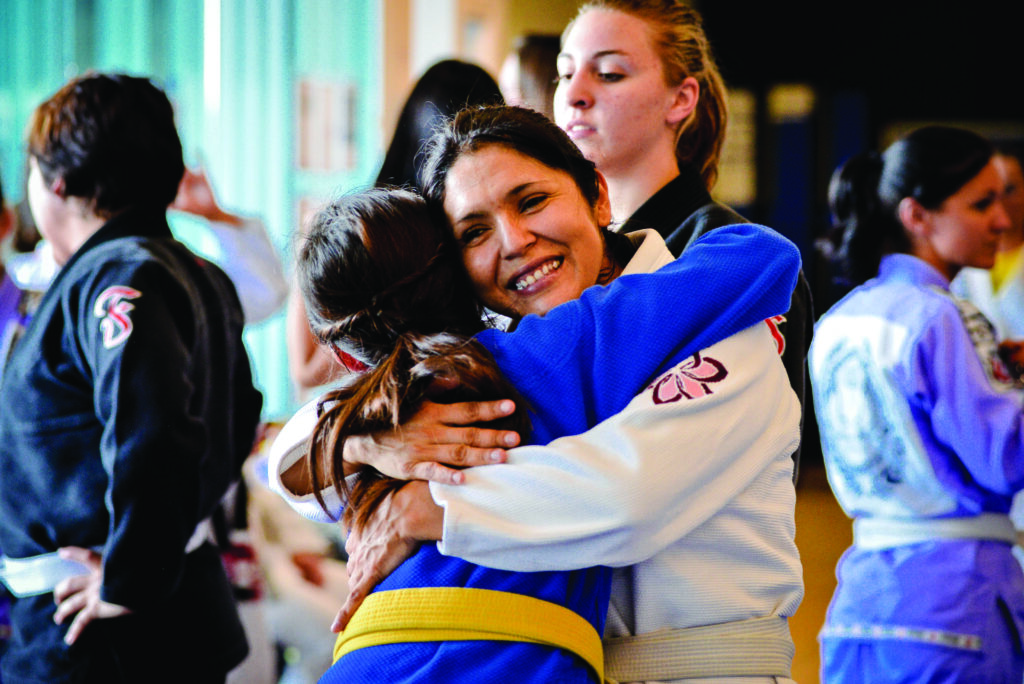
In addition to seminars and events, the sisterhood hosts camps, provides online classes, live Q&A interviews, and panel discussions. Girls in Gis aims to eliminate the barriers that might inhibit training by offering scholarships for tuition, equipment, and tournament stipends for underprivileged women and girls worldwide. Scholarships are only made possible by donations.
For the past 12 years Girls in Gis has been the number one resource in the world available to women and girls in Brazilian Jiu-Jitsu. It’s mission to educate and empower women in the sport continues today. Learn more about this incredible organization and get involved:
girls-in-gis.com/get-involved

Our printed magazine is full of extraordinary women with extraordinary stories, get your printed copy via mail today >


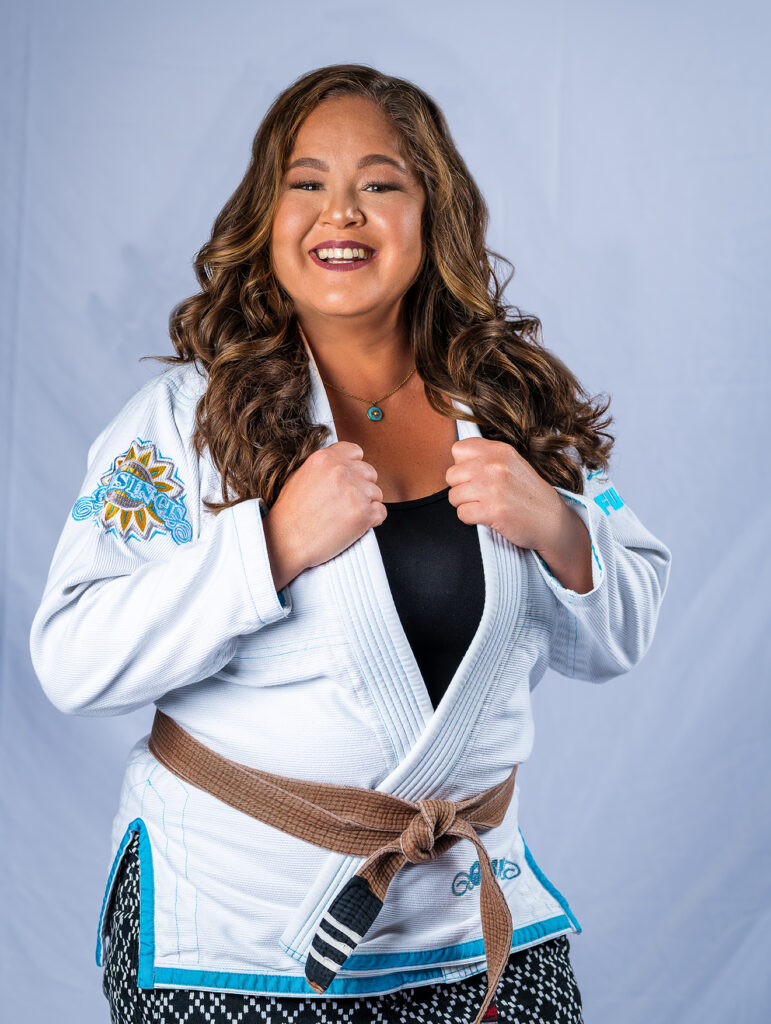
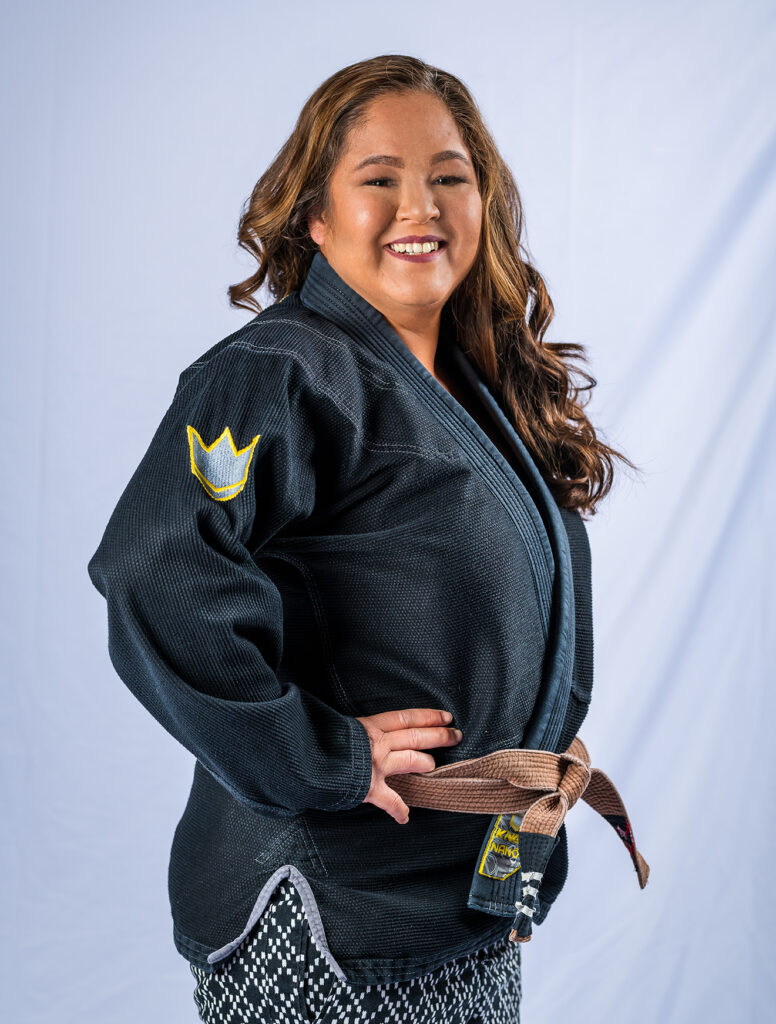
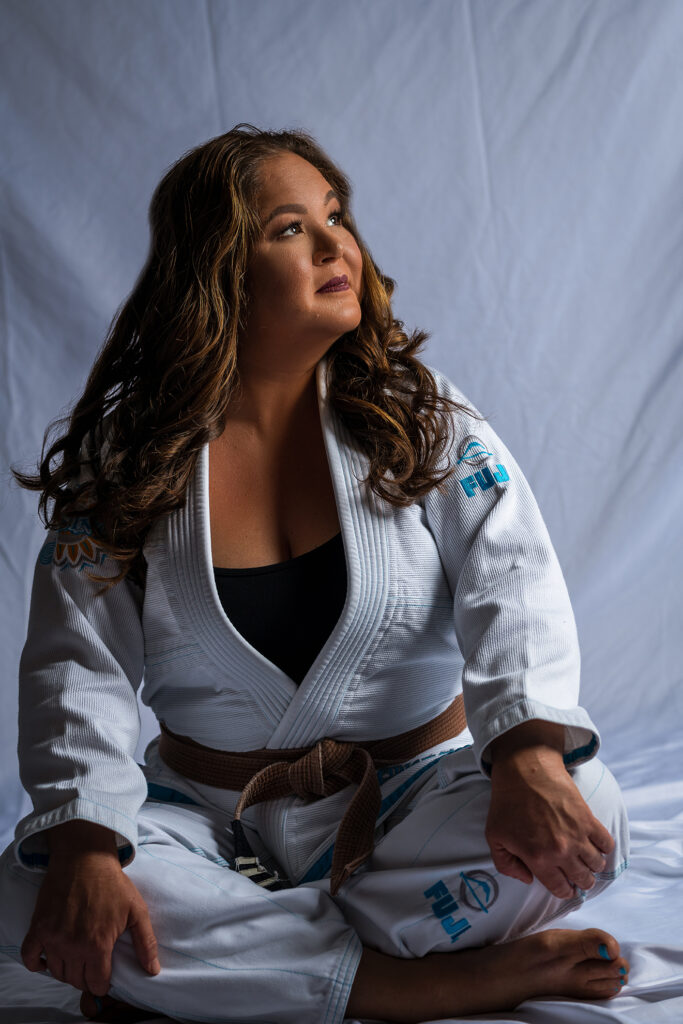
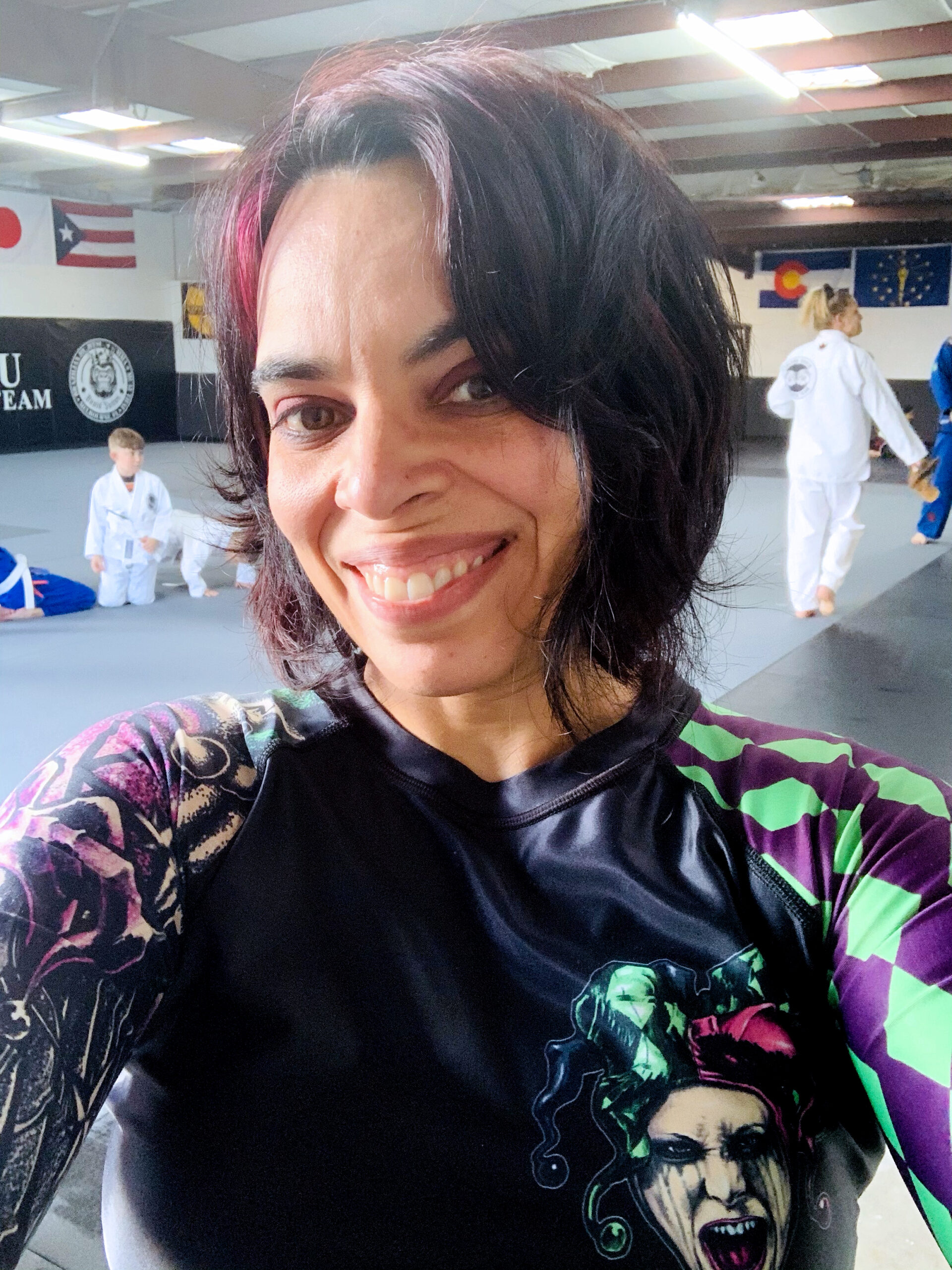
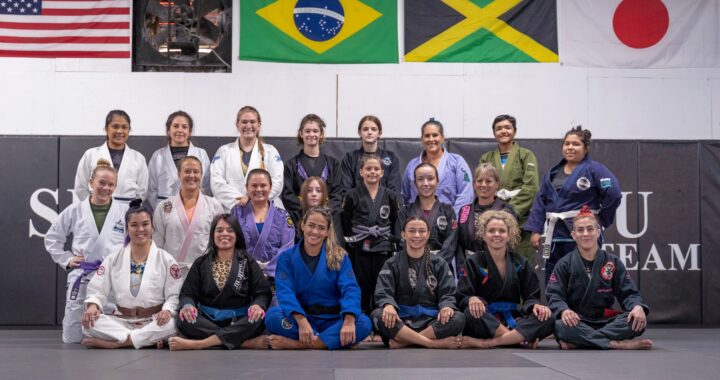 The Jiujiteira Sisterhood
The Jiujiteira Sisterhood  ADGS Rome: Jiujiteiras Shine in the Land of the Colosseum
ADGS Rome: Jiujiteiras Shine in the Land of the Colosseum 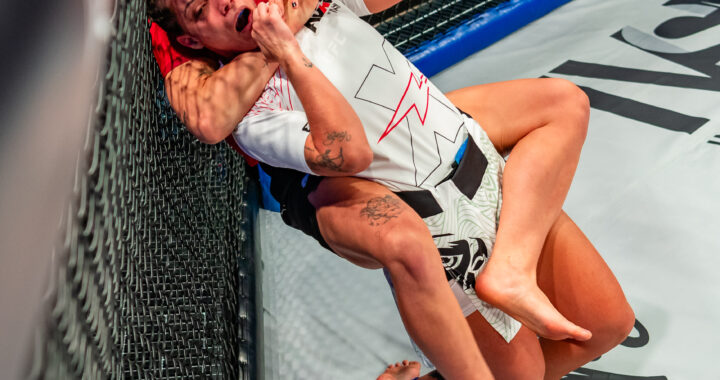 Ffion Davies: Unmatched Dominance at ADXC2
Ffion Davies: Unmatched Dominance at ADXC2 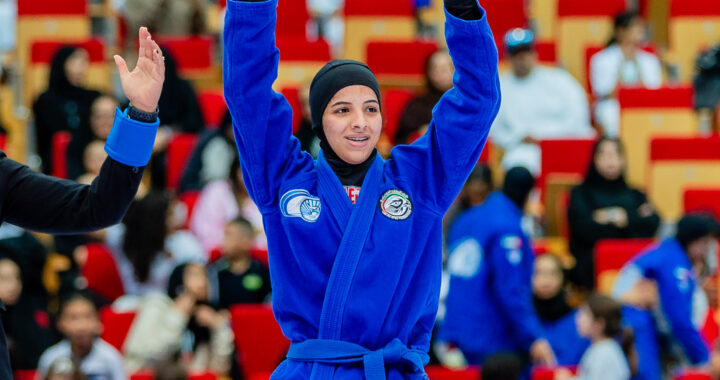 Winners of Mother of the Nation Jiu-Jitsu Cup are celebrated in Abu-Dhabi
Winners of Mother of the Nation Jiu-Jitsu Cup are celebrated in Abu-Dhabi 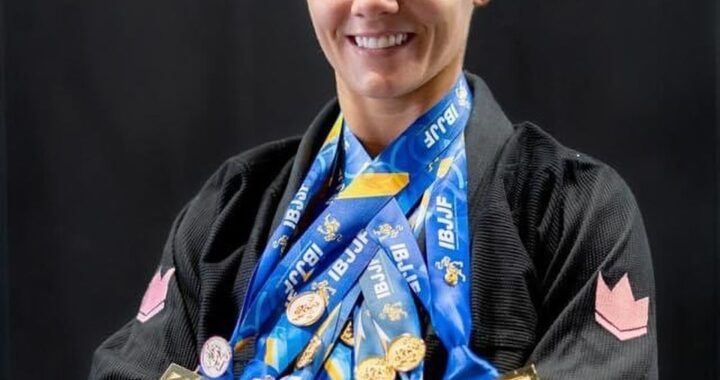 Maggie Grindatti Hangs Up the Gi: A Transition from BJJ Athlete to Fitness Coach
Maggie Grindatti Hangs Up the Gi: A Transition from BJJ Athlete to Fitness Coach  Jiujiteiras deliver intense battles and remarkable performances at ADCC Orlando Open
Jiujiteiras deliver intense battles and remarkable performances at ADCC Orlando Open 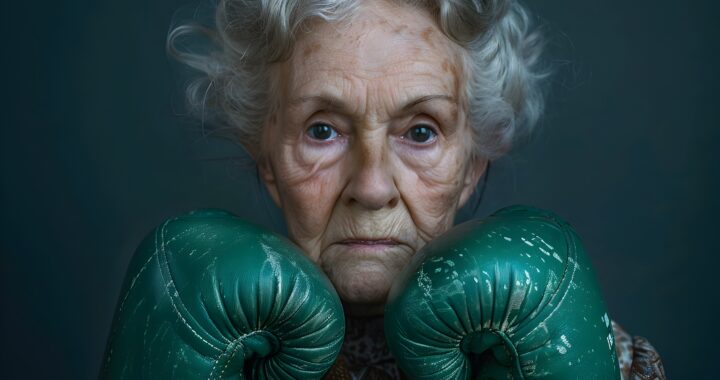 Father Time is Undefeated
Father Time is Undefeated 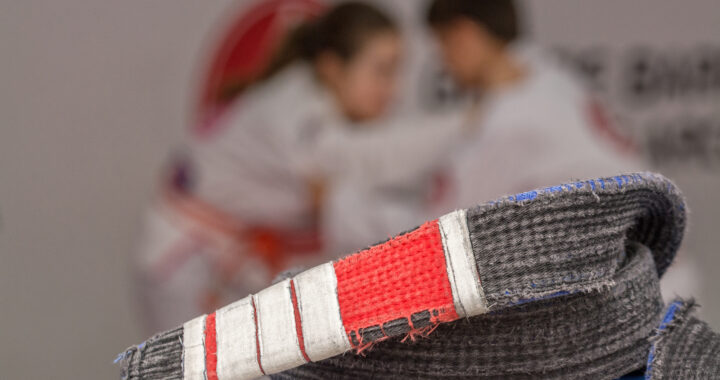 Advice in the Ranks- From White to Black
Advice in the Ranks- From White to Black